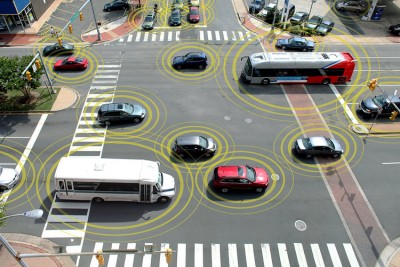Whether you choose to embrace or ignore it, an increasing amount of technology is making its way into our daily lives. Now things like remote control alarms and video monitoring systems, automatic lights and even door locks controlled by our cell phones are nothing new, the reality of living in “connected homes” was always an eventual inevitability in today’s smartphone era. What will they think of next? Surely they’re running out of ideas, right?
Wrong.

Samsung has now attached the ever-so-popular ‘Smart’ prefix to even more appliances; refrigerators, washing machines, and soon ovens and wait for it…light bulbs? This technology isn’t for everyone, and I’ll be the first to admit that I think it’s overkill in a world where if your cell phone is lost anyone who picks it up can access your bank account, email, personal planner, online shopping credentials, access to your car and home, etc. As if that wasn’t enough, now they can turn your fridge off and ruin your delicates by changing your spin cycle. These appliances do come with a hefty pricetag, though, and they’re appealing to a very particular market segment, so I don’t think we’ll all have them in our homes in the next 5, 10 or even 15 years. I’ve been wrong before, but when it comes down to it, I think most of us would rather spend our tax returns on a Mediterranean cruise than we would on a $1,500 smart toilet, but only time will tell. Something tells me I should probably buy stock while I can still afford it.
https://www.yahoo.com/tech/samsung-launches-smart-home-that-connects-appliances-81501307732.html





